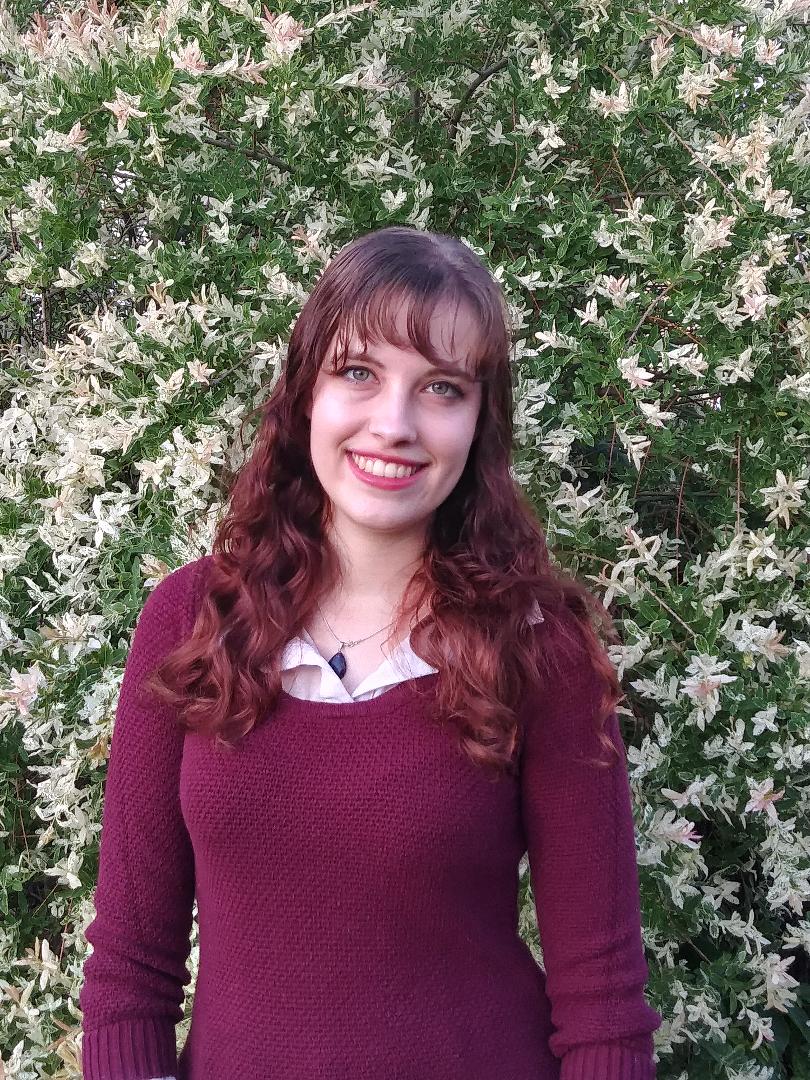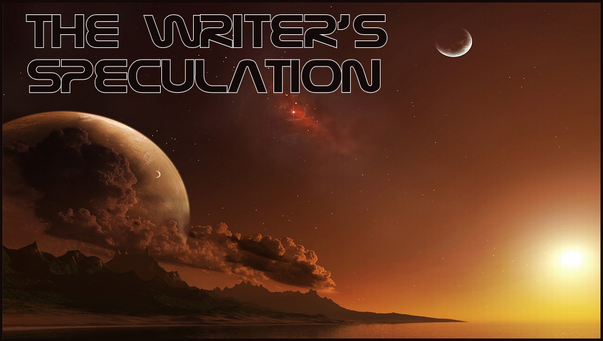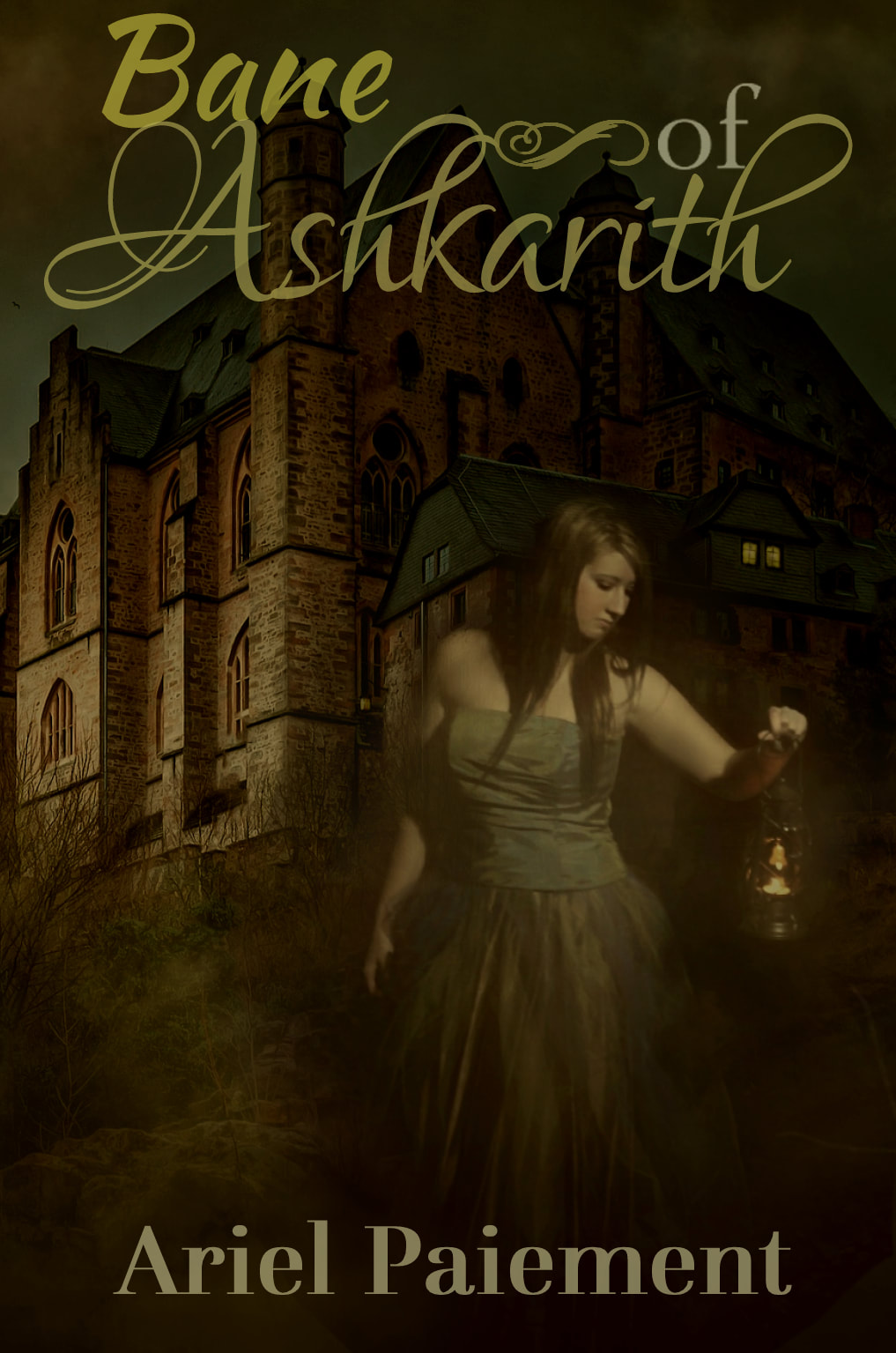 To begin with, I want to thank Allen for the opportunity to come onto his blog and share about Bane of Ashkarith. He and I had a great conversation about writing and how being a Christian coincides with writing fiction. I’m glad we had the opportunity to connect, and I look forward to reading more of his work. I’ve already started Mindfire, and I’m liking it even though I’m not a big superhero fan. Needless to say, I’ll be looking at some of his other works too. As far the questions and answers go, I’m going to answer some of the key questions I’ve been asked about Bane of Ashkarith and about myself as an author. I also have a few things Allen asked me to include specifically since they’re interesting points for the novel and about me as a Christian author. So, let’s start with those points. Q: What are the deities in Bane of Ashkarith and how do you reconcile your faith with having systems of gods or goddesses in your work? A: Great question! With Bane of Ashkarith, the deities aren’t deities in the traditional sense. They’re beings from another universe and the first creations of those beings. All of them are long dead and gone, though they did have really long lifespans. When it comes to reconciling my faith with systems of gods or goddesses in my work, I usually stick to a set of rules for those. First, the gods or goddesses are typically not actual deities. They’re usually people with long lifespans and supernatural abilities and magic. Secondly, these so-called deities don’t directly impact anything in society once they’re gone since they aren’t actual gods. Any impact they have is only through what they did during their lives and the ramifications of it. They serve more as a cultural addition to make the world come alive in a more realistic way than anything. After all, people have beliefs no matter where you go, right or not. So, it makes sense that cultures on another world would to, even if they aren’t true. Q: How does Bane of Ashkarith fit into the rest of the series in the Alcardian Universe? A: Bane of Ashkarith is the first in the Legends of Alcardia series. It and the other books in the series take place at varying points in Alcardian history before the events of the main series, Annals of Alcardia. For Bane of Ashkarith in particular, the book takes place roughly seven-hundred years prior to the events of Pathway of the Moon, the first in the Annals of Alcardia series. Q: How did you handle planning and world-building to allow for so many connections between the worlds and the various series you’ve written? A: The short answer? A lot of careful thought and note-taking. Seriously, though, that’s exactly how I did it. I thought through all the places I wanted to take the various novels and the series they went with, and then I figured out how they all fit together. I built a timeline too so that I’d know which worlds started when and how. Q: How did you give your worlds a sense of cohesiveness as you started pulling together the clues and threads leading to the connections you plotted out? A: This one is two-fold. First, I created an overall system for the connections that would allow for a logical overlap between the universes. Many of the worlds I’ve created aren’t even in the same universe, so that required me to find a way to jump the hurdles the distance provided. The second thing I did after I had the system was to create a shared history. This included both the history for the race that created the Gates or Pathways that made inter-universe travel possible and a history that would lead to the connections between characters in various universes. To accomplish that, I used the villain from Bane of Ashkarith. Sedra doesn’t make too much of an appearance in the book, but she’s a common theme throughout all the Alcardian novels because she’s the goddess of the main religion. Not that she deserved the devotion she got, but that’s another story. She offered me a way to connect the worlds’ history and continue it forward since she came from a planet in one of the universes where the series, Chronicles of Eclesia, takes place. The story of how she ended up on Alcardia and where she ended up after, causing trouble everywhere she went with her crazed experiments, forms a thread that ends right back where it began on her home planet. And with that thread, I was able to connect the worlds and their histories in unexpected ways. Q: How do you weave that kind of extensive world-building into your stories? A: This requires a lot of planning and thought. It’s easy to slip in a new creature from a world here and there or use words from languages I’ve built within a context where readers can easily figure out what the new object is. But including the vast history and the clues necessary to let astute readers figure out how things connect before they actually do is much harder. I’m not always sure I’ve managed it, but it usually involves dropping brief mentions of something that will come into play much later down the road or showing a brief glimpse of a character crossover without really spending any time on it. Other times, it’s more obvious than that. Prophecies and the curses that sometimes accompany them make for good ways to give some of that foreshadowing. Other times, characters who can see the future may not write it down as a prophecy but may instead directly share what they’ve seen. Overall, though, it’s a great deal of work and planning. Despite that, it’s one of my favorite things about writing within the worlds I’ve created, and I know at least some readers get excited about hunting for the clues to those connections. Q: Where did you start writing? A: I started when I was pretty young. As a kid, I loved drawing and writing, so my mother would have me work with the Draw Write Now books to combine my love of drawing with writing. Mostly, she did it to improve my handwriting and to keep me busy, but it got me started on the writing side of things. Q: What sparked your interest in writing? A: The thing that really solidified my desire to start writing was my dad. He used to tell me and my younger siblings stories that he made up on the spot for us while we waited in the car for my mom to run errands on a Sunday or while we waited to be seated in a restaurant. I loved hearing his stories. He always told the best tales, and they usually contained some fantastical element, whether it was two children finding a secret portal in the roots of a tree or a hero fighting a dragon. That combined with listening to him read or reading on my own sparked my own desire to write. Q: With the release of Bane of Ashkarith, where are you headed next in terms of publishing? A: I’m currently working on a major revision to my first published work, In Darkness Lost. This fantasy novel is one of the ones meant specifically for younger children and teens. The plan is to pre-release it sometime at the beginning of September and then release the book itself at the end of November. With that done, the next goal is to finish up and release the first book in the Chronicles of Eclesia since it occurs in the cosmic timeline before Pathway of the Moon and about fifty years after Bane of Ashkarith. Here is the Bane of Ashkarith synopsis: Kaidan Tadegan is working on a new site trying to prove the myth that two armies of the gods clashed there. While on the dig site, he discovers the evidence he's looking for, but he gets more than he bargained for when he discovers a woman's bones in a section of the dig site where no other remains have been found. As he digs the bones out, he discovers a journal with the woman's body, which tells a story that, if true, will turn the myths of the old world and the established concepts of good and evil on their heads. Startled by the find, Kaidan sets out to discover whether the diary's claims have any validity. But when the diary leads to a city that's supposedly long gone, Kaidan's journey becomes more difficult than expected. Things become even more tangled when he discovers that the city isn't gone, but it's no place for the living. Unable to give up on his quest, he forges ahead. What lies ahead is uncertain, and even more uncertain is whether Kaidan will survive this quest. He has only two questions in his mind. Will he find the truth in this city of the dead? And will the world accept the truth? Buy links for Bane of Ashkarith: Pre-order on Kobo Pre-order on Amazon Author Bio:
Ariel Paiement is a fantasy author who writes the occasional historical fiction or science fiction novel. She enjoys all ranges of books and writing when it comes to reading, though fantasy and science fiction are her favorites. She likes to spend time coming up with new ideas or in wild flights of imagination. If asked what she spends most of her time doing, she'd tell you that she spends most of it reading or writing one thing or another. She is the author of On the Narrow Way in the anthology Above and Beneath: The World of Angels and Demons and has also written and published In Darkness Lost, a stand-alone fantasy adventure novel. Her novel, Bane of Ashkarith, is coming out on July 31st and is the first in the Legends of Alcardia series. Ariel's Social Media links: Wattpad Inkitt Blog Amazon Goodreads
0 Comments
Leave a Reply. |
About the authorAllen Steadham is a nondenominational Christian. Happily interracially married since 1995 and the proud father of two sons and a daughter. He and his wife have been in the same Christian band since 1997. He plays electric bass, she plays strings, they both sing. It's all good. The Allen Steadham Newsletter!Signup to get the latest news and updates. Get a FREE Sci-Fi short story just for subscribing below! Thank you!You have successfully joined our subscriber list. Archives
July 2024
Categories |



 RSS Feed
RSS Feed